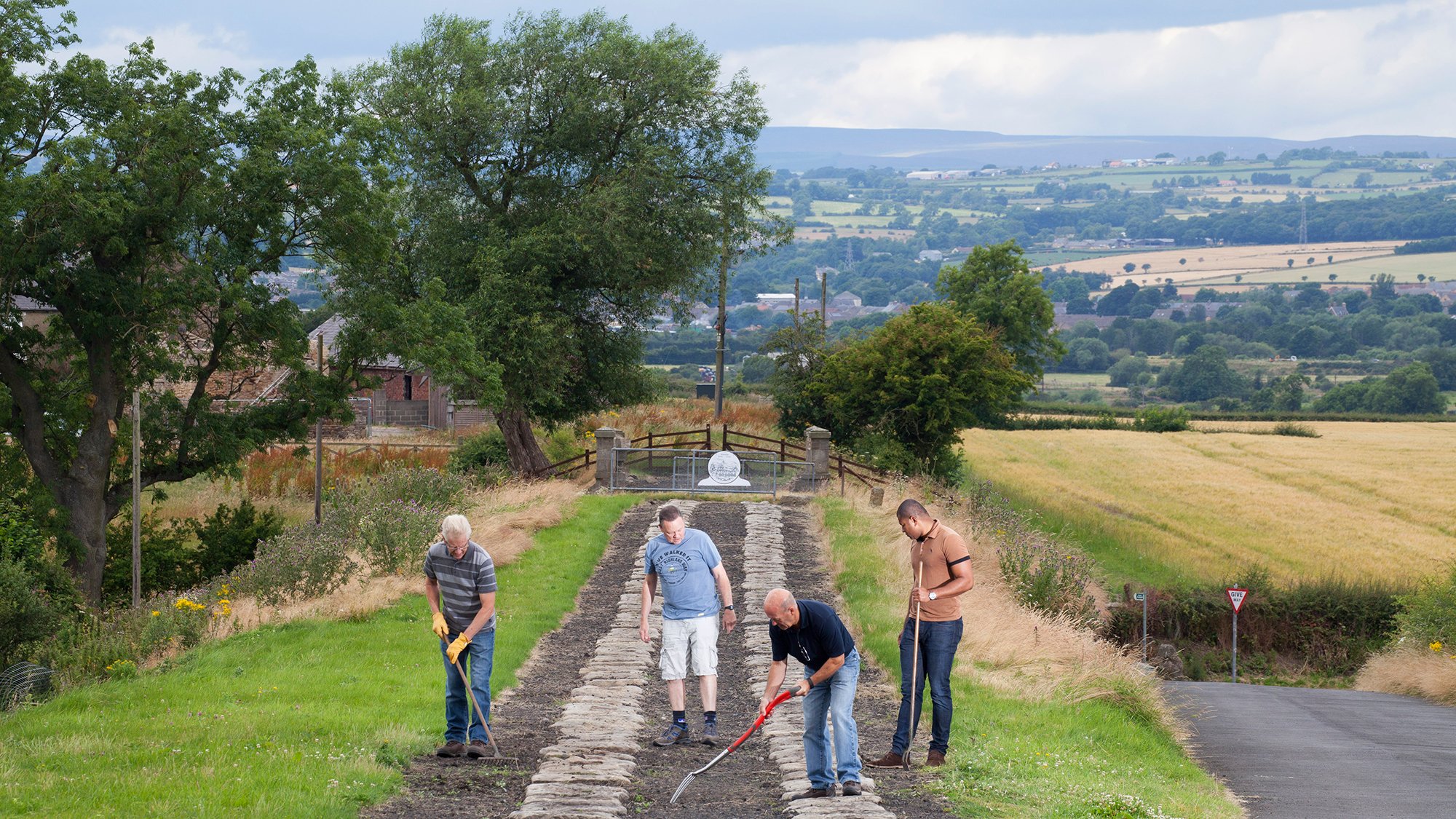The Community Voice
by Graham Bell, Director, North of England Civic Trust
On the face of it, the benefits to local people of the Northern Powerhouse seem distant. So far, they are largely hypothetical, high level and, well, a bit southern. Making the Northern Powerhouse work will take generational political change, leaving those wanting a more immediate uplift feeling cynical. Changes we have seen are all 'combined authority this' and 'devolution deal that', leaving many cold to the day to day benefits. And the North East and Cumbria have struggled to find traction in the story, leaving some asking just where this powerhouse's foundations are being built.
The challenge to get the historic environment sector on the Northern Powerhouse agenda is tough enough so, within that, local people's passion for our region's heritage risks being drowned out. The North East Local Enterprise Partnership (LEP) has only recently shown interest in heritage (and only in the context of the wider culture sector), and Lord Heseltine's 2016 Tees Valley report recommended avoiding heritage imagery when courting inward investors. This is disappointing for those in the North East who are already gearing up internationally to mark the 200th anniversary of the world's first public railway to use steam locomotives.
Yet there are opportunities to demonstrate success. Combining voluntary community ambition with historic environment needs can bring real benefits, not only to the heritage economy but to the capacity of those involved. The North East has almost double the national average of Grade I and II* secular listed buildings at risk, yet our success rate of removing them from the Heritage at Risk Register is higher than the average. This is in no small part down to community action - and increasingly so, according to Historic England.
North of England Civic Trust and Tyne & Wear Building Preservation Trust are two of the most active building preservation trusts anywhere in the country, bringing economic life to buildings the market forgot. New initiatives like Tyne & Wear Heritage Forum's HeritageACT! are driving smaller community-led projects targeting local sites. In Tynemouth, local people have supplanted the council in writing their conservation area management plan with tourism in mind. Neighbourhood plan groups such as in North Shields, Lanchester and Ponteland are looking to use the historic environment to shape growth in growing places. The North East Heritage Skills Initiative - like no other in the UK - has trained hundreds of out of work people in the skills older buildings need to live. And in west Cumbria, NECT is helping local people identify key Grade II listed buildings ripe for economic life, awaiting pump-prime funds to support rescue action. The vast majority of volunteers enjoyed the work, felt the benefits of taking part, and want to do more to regenerate Cumbria's heritage at risk.
It is important to note that much of this community action is in already marginalised areas suffering from public sector cuts. They are often places with no other heritage voice, where local authority heritage resource has dwindled or gone, and national sector bodies such as National Trust or Historic Houses Association are not visible. Civic and community groups can be the only active voice for heritage in many peripheral parts of the North East and Cumbria.
Consequently, the benefits of such voluntary and community action can be indirect and small against an agenda like the Northern Powerhouse. But they are very real at a local level and, over time, can contribute to both inclusion and growth. If we are being encouraged to buy-in to the high-level, nebulous political initiative that is the Northern Powerhouse, the quid pro quo must be for leaders to recognise the other end of the spectrum: harnessing the ambition and pride that local people have for their historic places can bring tangible payback. It may not seem pivotal to regional leaders, but heritage is a consistently positive hook for local interest in public life, which if nurtured could be a catalyst to wider success.
Please share and comment
Please send your responses to Sarah Tunnicliffe and share this article on social media via the tab on the left.





